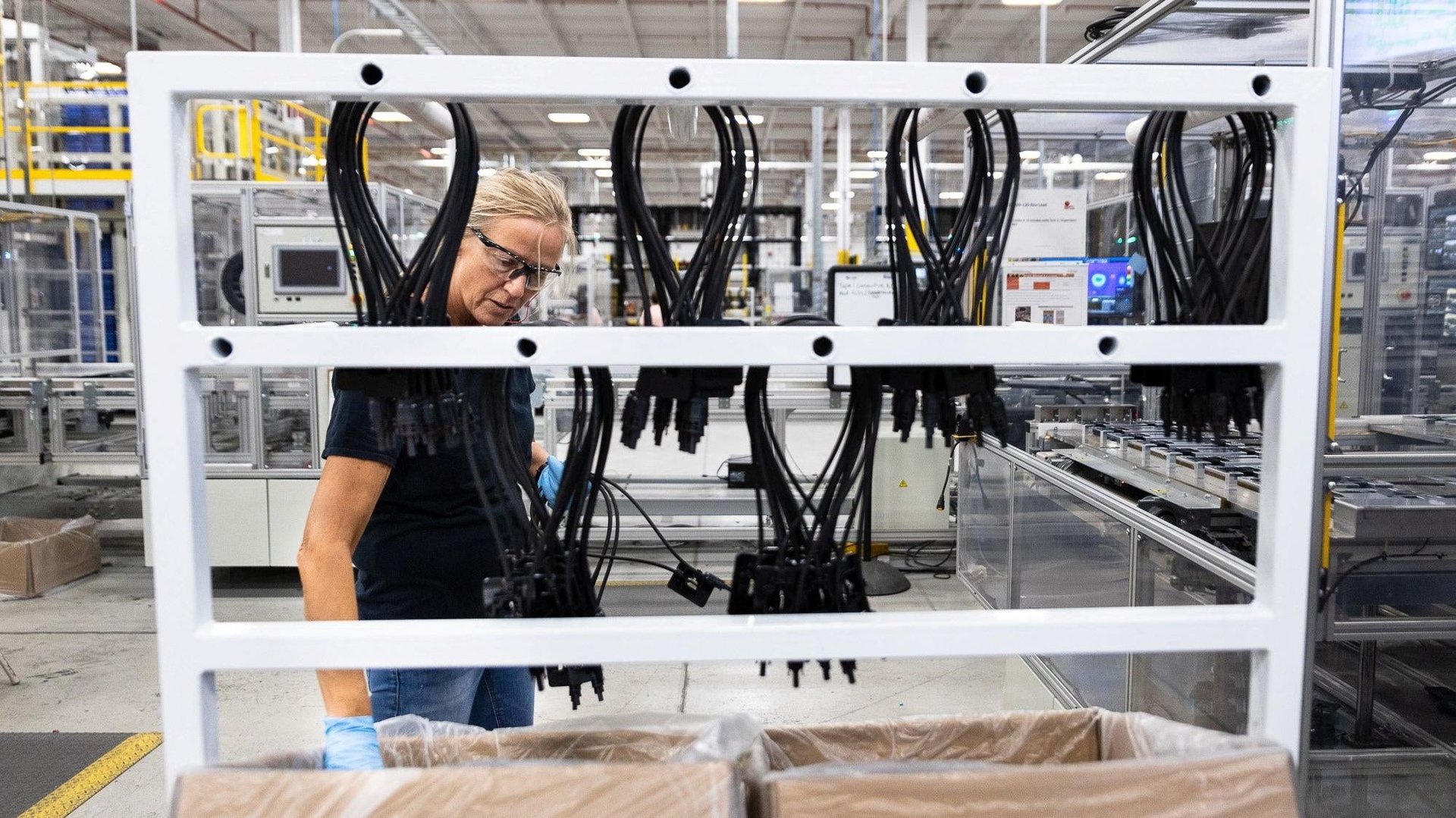US jobs data keeps growing despite the cracks in the labor market
Job growth is above pre-pandemic trends and hourly earnings are rising again

US jobs data for November just gave the Federal Reserve more reason to hike interest rates further. The US added 263,000 jobs, according to a new report from the US Bureau of Labor Statistics, a remarkable sign of labor market resiliency in the face of rate increases meant to curb inflation.
The new job figures were far above the 200,000 increase that economists polled by Dow Jones had expected to see. The unemployment rate remained steady 3.7%, and hourly earnings rose by 0.6%.
That increase in earnings is going to worry Fed policymakers. In a speech earlier this week, Fed chair Jerome Powell said wage growth was 1.5 to 2 percentage points higher than it should be, and that the Fed wanted to see wages and inflation come down before backing away from interest rate hikes.
But what about layoffs?
It’s possible that generous severance pay could be boosting earnings, noted Julia Coronado, the founder of MacroPolicy Perspectives and former Fed economist, on Twitter. For instance, both the number of jobs in transportation and warehousing as well as average hours worked per week declined, but wages grew in that industry by 2.5% in the month.
There’s also still weakness in the household survey, which only samples 60,000 households—versus the 131,000 businesses and government agencies that the larger establishment survey samples—but it captures different slices of the labor market, including farm workers, the self-employed, nannies and other workers in private households, and people on unpaid leave from their jobs.
There were 138,000 Americans who became unemployed in November and fewer Americans were actively looking for a job, according to the household survey.
That’s bad news for the affected workers and their families, but it won’t be enough to stop the Fed in its quest to bring inflation under control.
